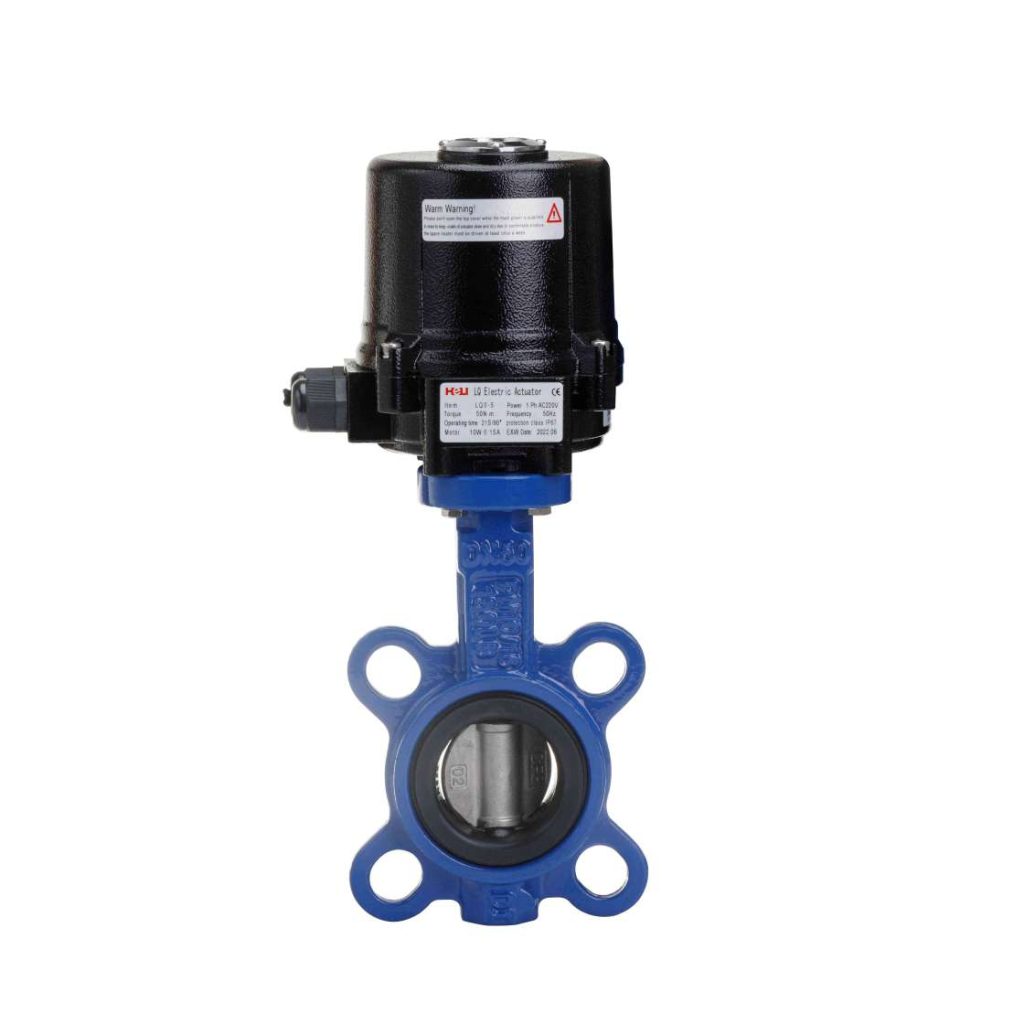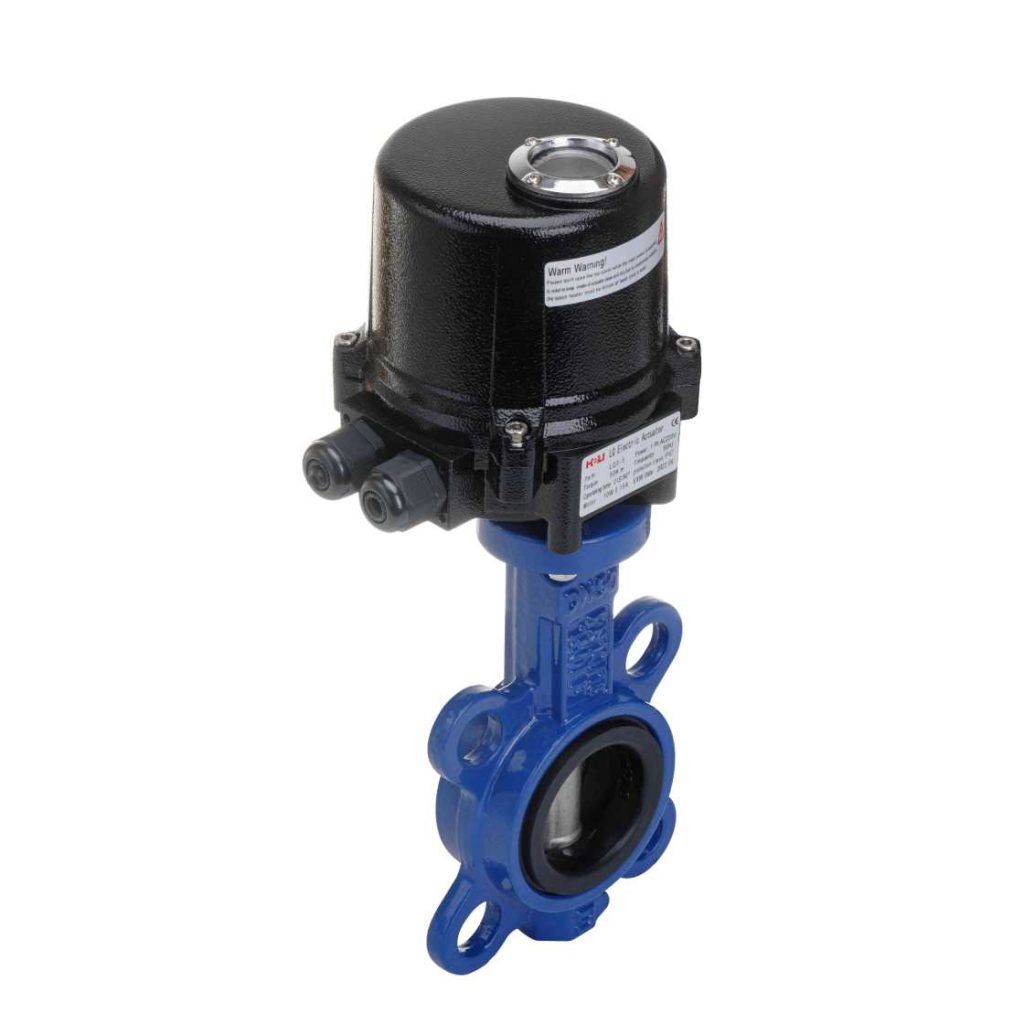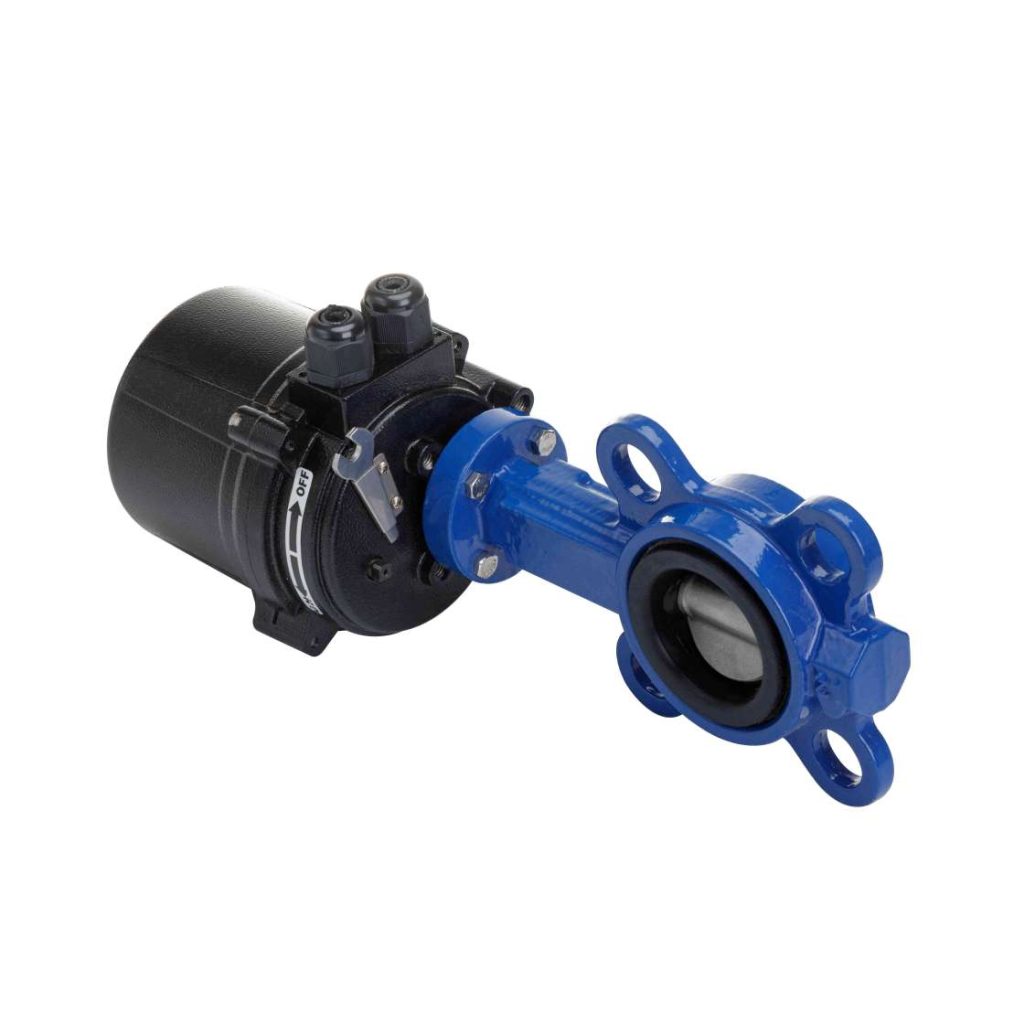In modern agriculture, the efficient use of water is critical to ensuring optimal crop yields while minimizing waste. One of the most effective ways to control water distribution in irrigation systems is through the use of valves. Among the various types of valves available, the WCB Electric Butterfly Valve has emerged as an essential tool for agricultural irrigation systems. This valve provides precise control over water flow, durability, and ease of use, making it a reliable solution for water management in farming applications.

What is a WCB Electric Butterfly Valve?

A WCB Electric Butterfly Valve is a type of valve that is widely used to regulate the flow of liquids or gases in pipelines. The “WCB” refers to the material used in the valve’s construction, which is a type of carbon steel known for its strength and resistance to wear and corrosion. These valves are equipped with an electric actuator that allows for automatic or remote control of the valve’s opening and closing. This is especially beneficial in large-scale agricultural operations where manual operation would be time-consuming and inefficient. The butterfly valve is characterized by its simple design, featuring a circular disc or “butterfly” that rotates within the valve body to control flow. This design allows for rapid opening and closing, ensuring that water can be quickly regulated, which is essential in irrigation systems where timely water distribution is crucial.
